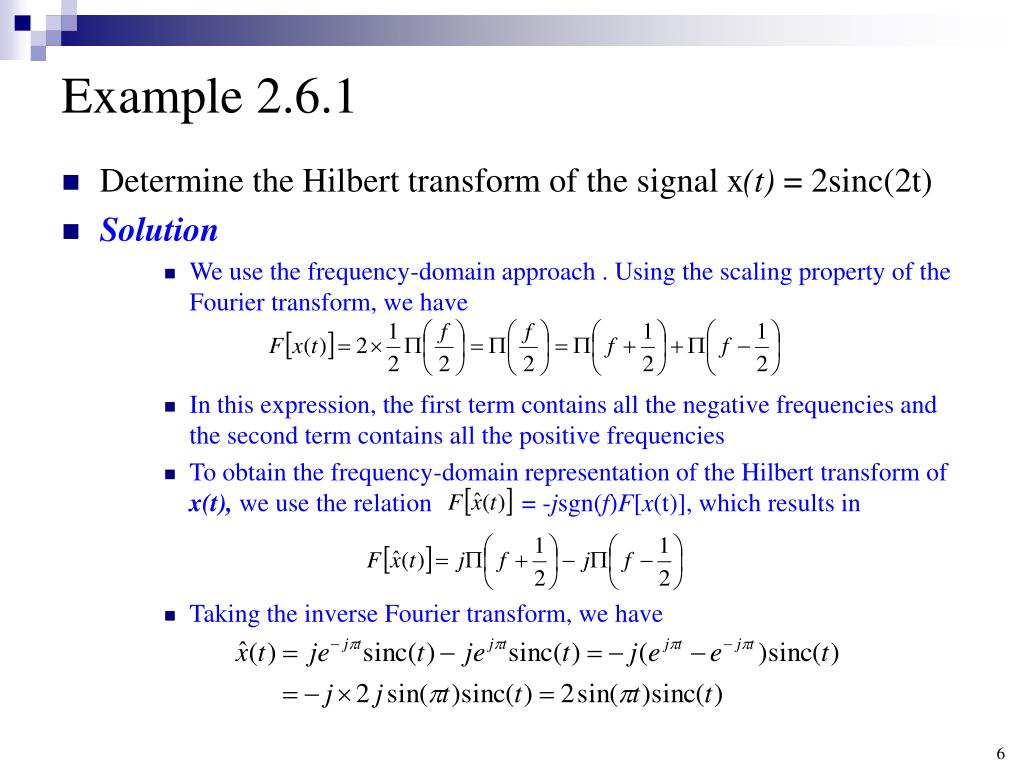

identified instantaneous frequency (IF) of time-varying structures. identified natural frequencies and damping with real world data from a bridge, and Wang et al. The time-frequency analysis methods can be roughly classified into two categories: energy distribution and signal decomposition.Īs one of the most representative methods of the energy distribution category, the wavelet transform (WT) is essentially an adjustable window Fourier spectral analysis method. Therefore, numerous time-frequency analysis methods have been proposed seeking to solve this problem. However, the Fourier analysis fails to study time-varying or nonlinear systems due to the nonstationarity of the signals. The famous Fourier analysis can be used to project the signal into the frequency domain and identify natural frequencies of linear time-invariant systems. Vibration and sound signals contain intrinsic information of dynamic systems. The proposed method is also applied to decompose the dynamic strain signal of a cable-stayed bridge and the echolocation signal of a bat.

The validity of the proposed method has been demonstrated by extensive numerical analysis. A comprehensive derivation of the decomposition method is provided. By running the procedure recursively, all monocomponent signals can be extracted efficiently. The main procedure is to extract the components with frequencies higher than a given bisecting frequency by three steps: (1) the generalized demodulation is used to project the components with lower frequencies onto negative frequency domain, (2) the Hilbert transform is performed to eliminate the negative frequency components, and (3) the inverse generalized demodulation is used to obtain the signal which contains components with higher frequencies only. This paper proposes a new signal decomposition method that aims to decompose a multicomponent signal into monocomponent signal.


 0 kommentar(er)
0 kommentar(er)
